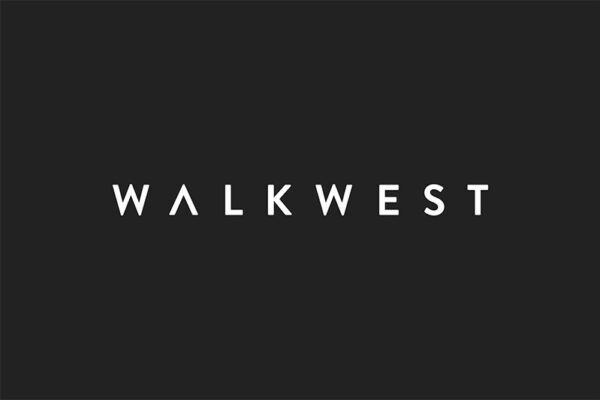How Content and Design Work Together.
Recently, we built our new Walk West website – start to finish – in 4 days. Nine of us, across all departments, worked around the clock to make it happen.
No doubt, this execution was a bold choice. More importantly, however, it was an honest insight into our standard operating procedure as an agency. Collaborating across departments allowed us to achieve something more meaningful than what any of us could have achieved alone.
This concept is especially true with content and design.
In many traditional agencies, copy is written, then handed to design. Unfortunately, when siloed in this way, beautiful designs are altered to fit content or impactful content is contorted to fit an established design. We’re breaking this model.
We believe creative cannot exist without one piece informing the other. If a beautiful design distracts from what you are trying to say, it’s a poor design. If impeccable content is disconnected from what you are trying to show, it is weak content. At Walk West, content and design develop in tandem to form meaningful and compelling creative.
How do you create a brand?
Fonts and colors don’t make a brand. A brand is who you are. It is achieved when content and design seamlessly align as a unified expression of your personality and what you represent. The strongest brands simultaneously speak and show who you are – no matter the platform.
Brand expression is the intersection of your brand’s strategy (how your brand is positioned) and your brand’s identity (how your brand’s creative is articulated). Fully aligned content and design are imperative to a strong brand.
Together, they form a powerful expression. When disconnected from one another, content and design fight for attention and are rendered meaningless. You can’t say something and not show it. Or show something and not say it.
What does building a brand look like in action?
Walk West’s website started in full color. We walked into the weekend prepared to create gorgeous, saturated wireframes that would pair with engaging copy direction. However, once we began work, we recognized immediate and obvious disconnects. Our design visually competed with our content. Copy was difficult to read and full paragraphs disappeared. Our content broke in strange places and argued with the design’s overall visual direction. It didn’t feel like a brand. And – perhaps most importantly – it didn’t feel like our brand.
This is when creative went to work. Together, sitting side-by-side in front of 3 monitors, we rendered our aesthetic in black and white to visually pull our content forward. Here, we knew it was imperative to allow our words to speak for us – introducing visitors to Walk West with visual and written storytelling. Our design needed to work in concert with our content. Once moved into grayscale, they created the narrative we were missing.
Walk West’s brand expression is black and white with accents of coral throughout. Western landscape imagery visually ties us to the origin of our Walk West name. Coral patterns are both functional to move you through a page, and intentional to reiterate our brand story – based on footprints and path markings, which subtly underscore the visual storytelling.
Additionally, black and white imagery is used on all Walk West related pages, while full color is found on all client pages. This symbolic decision was made to illustrate that our client work takes precedence and stands in front of our own. Our brand is important, but our work speaks for itself.
The best part? We’re not done. Future iterations will further align design and content. Tying photos to copy, copy to visuals. Ensuring that we continue to show – and say – what we say we do. We’re not done because our brand isn’t done. It is a living expression that changes with us.
We hope our website – and our process – speaks to other like minded companies. Creative and adventurous companies that want to grow in partnership alongside us. We think strategically. We try new things. We plan. We adapt. We forge ahead.

